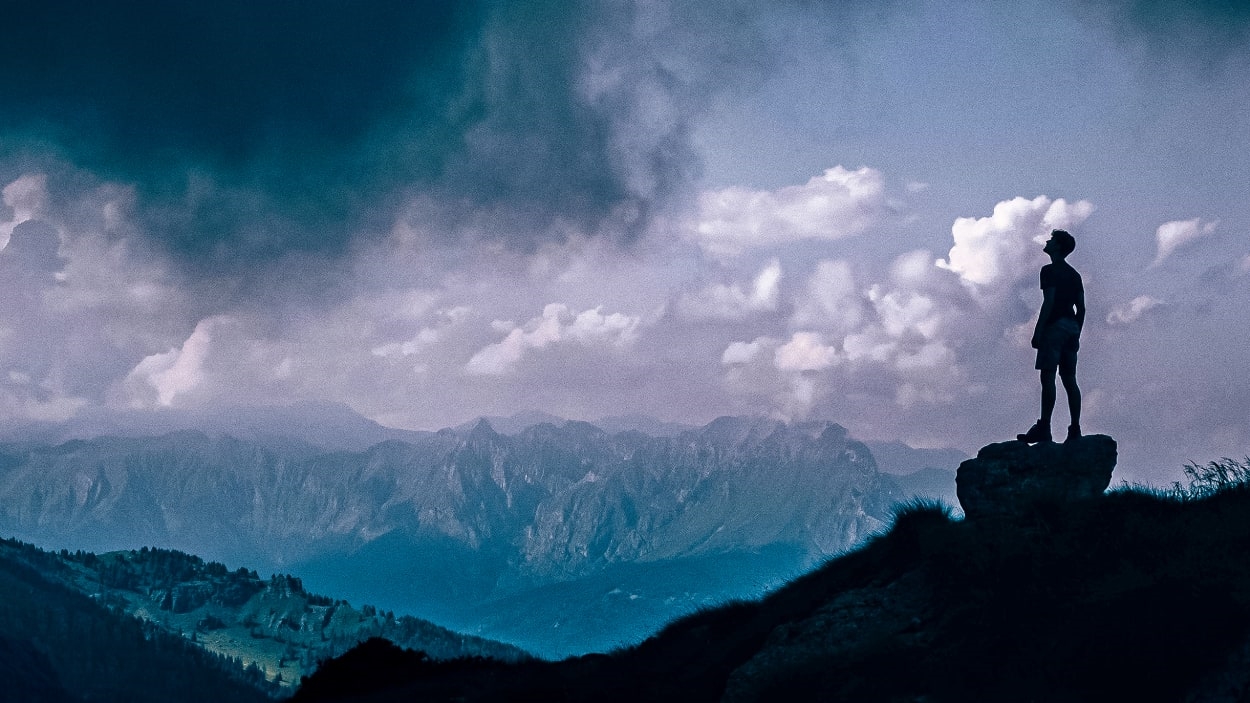Apple finally killed off the beloved Dark Sky weather app. Try these decent alternatives instead
By Megan Morrone
Pour one out for Dark Sky, the greatest weather app of all time—at least according to the online hues and cries over Apple acquiring Dark Sky, gutting its features for use in its own weather app, and then murdering Dark Sky over the winter holidays. As if we wouldn’t notice.
If you’re an Android user, you’ve already had a year to mourn the loss since the app was promptly removed from the Google Play store shortly after the acquisition in March 2020. As of today, Dark Sky will also disappear from the Apple app store.
Good night, sweet weather prince. Here are some alternatives.
The iOS Weather App
Those who’ve accepted the loss of Dark Sky will tell you that Apple has incorporated many of the app’s features into its stand-alone weather app, including hyperlocal forecasts, next-hour precipitation, and customizable weather notifications. If you have an iPhone, iPad, or Apple Watch, the weather app is free, has no ads, and contains pretty decent privacy features for a tool that uses your location and other identifiers linked to you for the most accurate results.
The app lets you set notifications for severe weather or next-hour precipitation, but some Dark Sky users miss the custom notifications they were able to set up for even more specific weather conditions. “For example, if it’s going to be below a certain temperature during the nighttime, notify me so I can bring certain plants inside so they don’t die,” said Twitter user Robert Greeley, who subsequently pointed out that you can set up these same notifications in the iOS weather app using Shortcuts.
Depending on the stage of grief that your average Dark Sky devotee is in, the iOS app feels like a clunky but usable replacement, as long as you’re able to adjust to the horizontal scroll (as opposed to the vertical layout of Dark Sky).
Carrot Weather
If you need some character with your barometric pressure notifications, try Carrot Weather. Like all good English majors with creative writing minors (hi, it’s me), Brian Mueller quickly realized that he’d need to supplement his screenwriting career with a tech job. That’s when he started developing Carrot apps for productivity, health, fitness, and, finally, weather. Mueller’s suite of apps distinguishes itself by its snarky language in notifications (that you can turn off anytime you decide you don’t want to be called a “meatbag”). Carrot Weather has good privacy controls, accurate predictions, and is highly customizable.
A weather app is only as good as its data source, and one of Carrot Weather’s unique features is that you choose the source of your weather information. Premium subscribers can even use the data from their own personal weather stations, including WeatherFlow/Tempest and Netatmo stations as well as any station that connects to PWSWeather. Users can still use data from Dark Sky, but only until March.
The best of the rest
If your job or favorite hobbies are dependent on wind (think: pilots, rescue teams, kite surfers, and sailors), try Windy. In addition to all you’d expect from a weather app, Windy lets you name your priorities and get very specific notifications about wind speed.
Want your weather app to feel like a game of Monument Valley? (Not Boring) Weather is part of a suite of apps including (Not Boring) Calculator and (Not Boring) Timer created by the folks behind the seminal iPad sketch app Paper. Like with Carrot Weather, you can customize this app to bring in data from Apple Weather, AccuWeather, OpenWeather, and others.
Available for iPhone, iPad, and Android, Weather Underground is an old favorite, if you don’t mind ads with your weather. The app gets its predictive results from more than 250,000 personal weather stations around the world, but check out the privacy section on the app’s download page to make sure you feel comfortable with the information it’s collecting and sharing.
(43)



